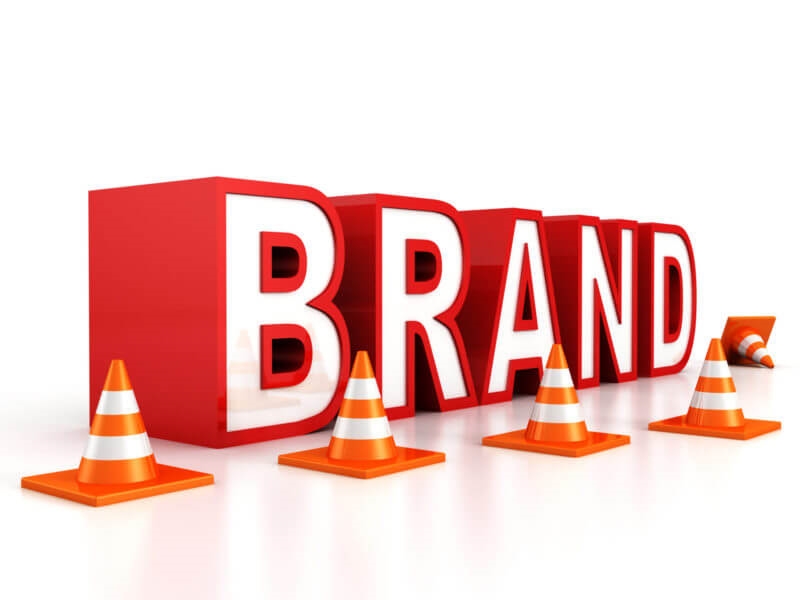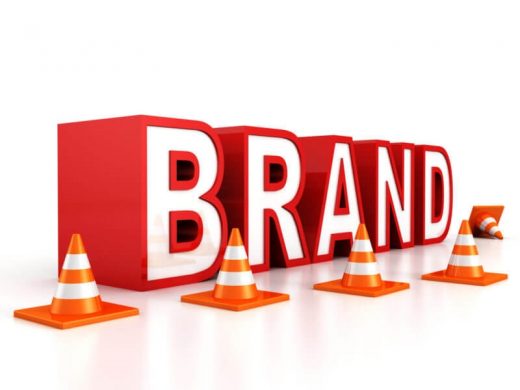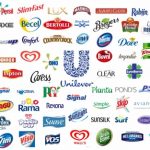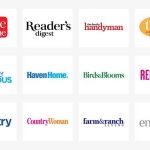Over a year out from P&G’s ultimatum: Are brands any safer? Is programmatic ad buying any more transparent?
In the absence of significant progress, marketers indicate that ad dollars may — at least temporarily — migrate back to TV.

A little more than a year ago, in January 2017, Marc Pritchard, chief brand officer of Procter & Gamble, threw down a gauntlet. Frustrated by increasing instances of frauds, breaches, sloppy executions and potentially shady markups, Pritchard posed a historic dare to digital advertisers to either “grow up” or P&G would pull their ads. In addition to a thorough review of media-agency contracts, Pritchard demanded industry-standard viewability metrics, fraud protection and third-party verification.
It was just a sign that brands were fed up. In March 2017, more than 250 advertisers boycotted Google and YouTube after ads were reported showing up next to extremist videos on YouTube. P&G itself pulled more than $140 million in digital advertising, citing concerns about lack of transparency and peril to brand safety.
A determined ad tech community leapt into action, working on fixes to what seemed like a broken system.
Thirteen months later, where are we now?
Is digital advertising, namely programmatic advertising, any more trustworthy? Is it more transparent? How have brands and technical groups responded?
Tech solutions start to emerge
Ads.txt was one of the first solutions to emerge. It was announced by the IAB Tech Lab’s OpenRTB Working Group just a few months after Pritchard’s call to action. Ads.txt stands for Authorized Digital Sellers, and it is a simple, flexible and secure method that publishers and distributors can use to show which companies are authorized to sell their digital inventory.
As the year progressed, we saw more initiatives, such as the Trustworthy Accountability (TAG), the Coalition for Better Ads, LEAN Ads and innovations with blockchain.
Let’s be perfectly clear
Whereas 2017 was all about ultimatums and immediate action, this year has so far seen new policies and tools. Late last year, P&G reported that cutting digital ads had no impact on its bottom line. Still, the company — apparently satisfied that there has been some improvement — started ramping up its ad placements again. And since the calendar flipped into 2018, a wide variety of companies have rolled out tools, promises and guarantees.
In early January, advertising platform Sizmek announced what it calls an “industry-first consumer/business model update” through which it will offer transparent pricing across its media, creative, data, technology and service-related costs.
“The digital industry has been wrought with controversy especially over the past 19 months,” Sizmek Chief Growth Officer Mike Caprio told me. “We are moving toward a radically transparent business process with our customers. We want to rip off the shroud of uncertainty.”
Caprio said Ads.txt is a start.
“Transparency means different things to different people. One of the elements of transparency is knowing the source of the inventory to minimize the likelihood of domain spoofing. Ads.txt is a good first step in helping regulate who has the right to resell publisher inventory but is only a piece of the equation when it comes to transparency,” Caprio said.
Google and YouTube
Shortly after Pritchard’s original demand, Google and YouTube employed a spate of brand-safety initiatives, including a Media Ratings Council (MRC) audit. The video platform also added more staff to approve videos and last month rolled out several additional measures, including requiring manual screening for premium ads (which were not previously vetted); new creator rules; and tiered media buys.
Third parties are also offering YouTube solutions. Last week, video advertising platform Pixability launched a new solution that includes a 100 percent brand-safe spend guarantee for YouTube advertisers and kid-tech company SuperAwesome released SafeFam, a YouTube publisher certification program that allows publishers to prove they are sharing safe content and protecting children under the age of 13.
Brand safety has become a selling point
Earlier this month, mobile video ad platform Receptiv announced its brand safety promise in the form of its Reliable, Safe & Engaged Media Guarantee. CEO Ari Brandt said he couldn’t be happier with the opportunity to promote products that are safety-forward.
“[The guarantee] is focusing a bright light on our supply chain and to appropriately articulate and prove the three metrics we know to be critical to brand performance,” Brandt said. “To guarantee that every impression a brand invests will be seen by a human, and will be seen alongside brand-safe content, and that content will be consumed by engaged users is a tall bill of goods to sell. It’s the right thing to do and it’s the right business to focus on — the Coalition for Better Ads and Ads.txt are just the early signs of mandates that digital advertising will have to answer to.”
Keeping the human connection
One persistent theme through all the conversations I had about brand safety was how important human oversight can be in a programmatic world. Ensuring that ads are properly vetted is a key component of several companies’ plans.
For Michael Connolly, CEO and co-founder of “people-based” media company Sonobi, getting rid of third parties can also achieve more transparency.
“In today’s complex, programmatic digital world, getting a meaningful message to an interested audience involves multiple intermediaries, making it difficult for brands and their agencies to meet campaign objectives and manage spend efficiently,” Connolly said. “While you can use programmatic technology to get some of the value you get from the larger-scale media companies of targeting, and scale there comes with it a great amount of time, effort and cost to combat issues like fraud, viewability, non-human traffic, et cetera that arise.”
“We believe that minimizing the ad tech tax by removing third-party intermediaries allows for direct transparent fees so that media buyers maintain negotiation power — to help buyers procure people-based media in a simple and easy way,” Connolly said.
Brands might feel safer with the big box
Kevin O’Reilly, CTO of measurement and optimization company TVSquared, says that advertisers might start migrating back to TV.
“In the past year, we’ve certainly seen many brands (from Fortune 500 companies to startups) pull media spend from digital and bring it back to TV,” O’Reilly said in a press release. “Until digital channels can provide more assurance and control over where and when creatives appear, I expect to see a slowdown among advertisers migrating from TV to digital. In the short-term, we may even see a reversal.”
“While TV learned from digital in terms of real-time measurement and optimization, digital is looking to TV for ways to remedy the brand-safety concerns that are driving some advertisers offline. With TV, an advertiser has an iron grip on its image – buying content and context. With digital, typically, an advertiser buys the person. Essentially, chasing that cookie around the web, regardless of the site/content. Digital verification services, content curation and filtering tools are emerging to bring more control and visibility to digital advertisers, but these are still in the early stages,” O’Reilly said.
Looking to the future
We’re not even through February, and we’re already seeing a lot of chatter about transparency, along with solutions to help digital advertising get there. But brands want the advertising community to know that the fight isn’t over. As recently as last week, Unilever Chief Marketing and Communications Officer Keith Weed threatened to take action and stop advertising on platforms that do not take brand safety seriously.
And new technology will definitely be a piece of that puzzle moving forward. Ian Kane, co-founder of programmatic buying and selling solution Ternio, will use blockchain to power its yet-to-be-released product.
“Blockchain inherently brings trust to a trust-less environment, so it’s an ideal solution for advertising’s transparency problem,” Kane told me. “Ternio’s blockchain supports programmatic buying and combats common forms of fraud such as domain spoofing and non-human traffic. Our objective isn’t to tell advertisers how to buy their media, but rather bring transparency to the supply chain to show how and where their budget is being spent.”
With new data privacy rules, such as the General Data Protection Regulation (GDPR), becoming enforceable soon and brands being determined to hold advertisers’ feet to the fire, a safer digital advertising environment for brands will continue to develop.
Marketing Land – Internet Marketing News, Strategies & Tips
(15)









